As you step off the bus in Kolmanskop, you’re immediately hit by the intense heat of the Namib Desert. There is a scattering of buildings, varying in size, dotted around the hilly terrain, and an old sign with Fraktur (Germanic) lettering to welcome you - to the abandoned diamond town which was once one of the wealthiest communities in Namibia.
It has been a long time since anyone lived in Kolmanskop. Wandering around the town now is a little like stepping into a Salvador Dalí painting. The buildings were once homes and businesses. There was a butcher who specialised in Viennese sausages, and a post office which would be crowded on Fridays as mail came into the remote town (population in the high hundreds) from the outside world. Those houses are now empty - the bright blue or green paint on the walls, or floral wallpaper, being slowly stripped away by time and nature.

Inside those buildings have now been reclaimed by the desert and the sand. Smooth sand dunes roll, dip and dive through the houses, reaching halfway up the walls and beyond in some instances. The only marks in those dunes are left by the tourists who come to visit, or by reptiles still scurrying around the area.
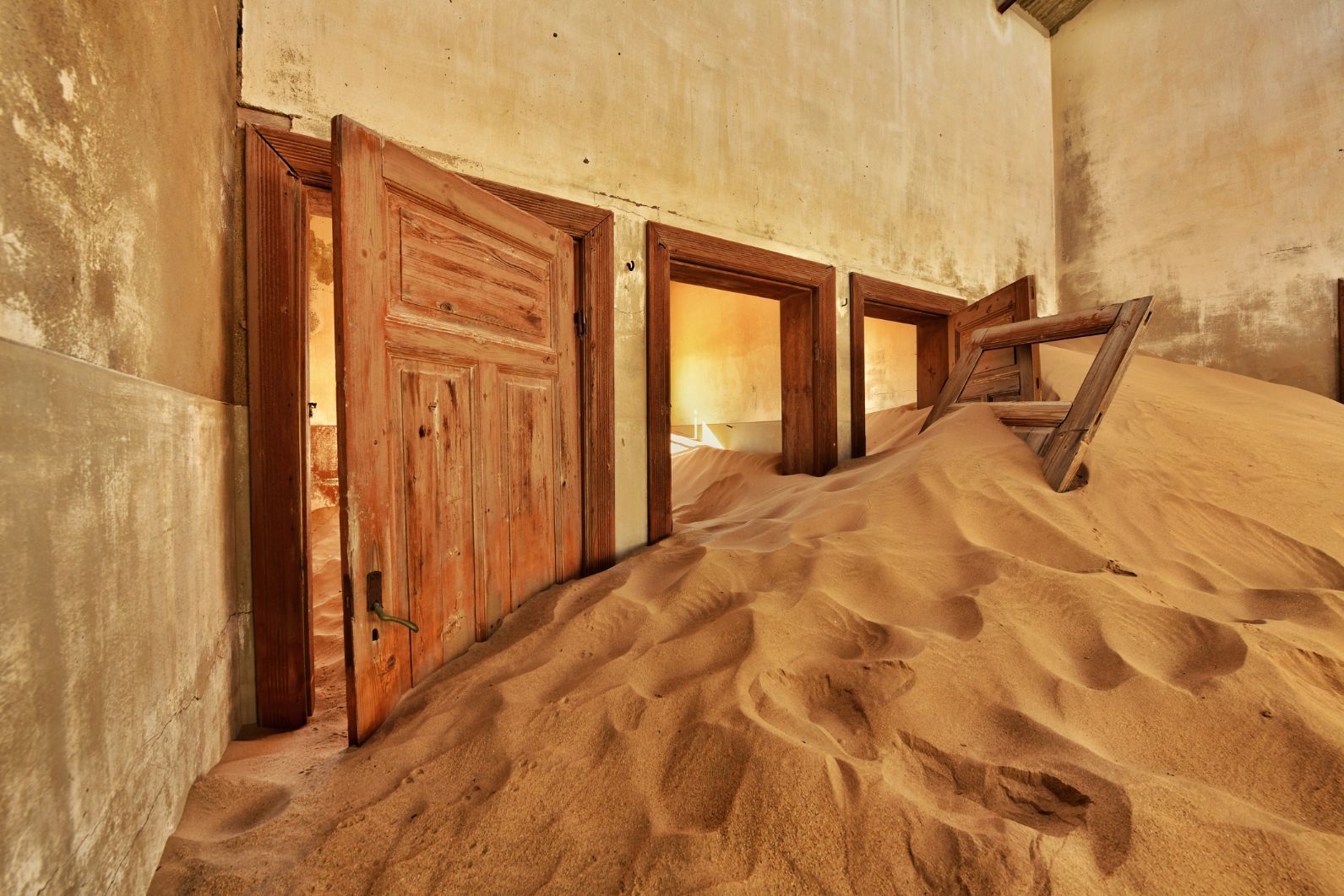
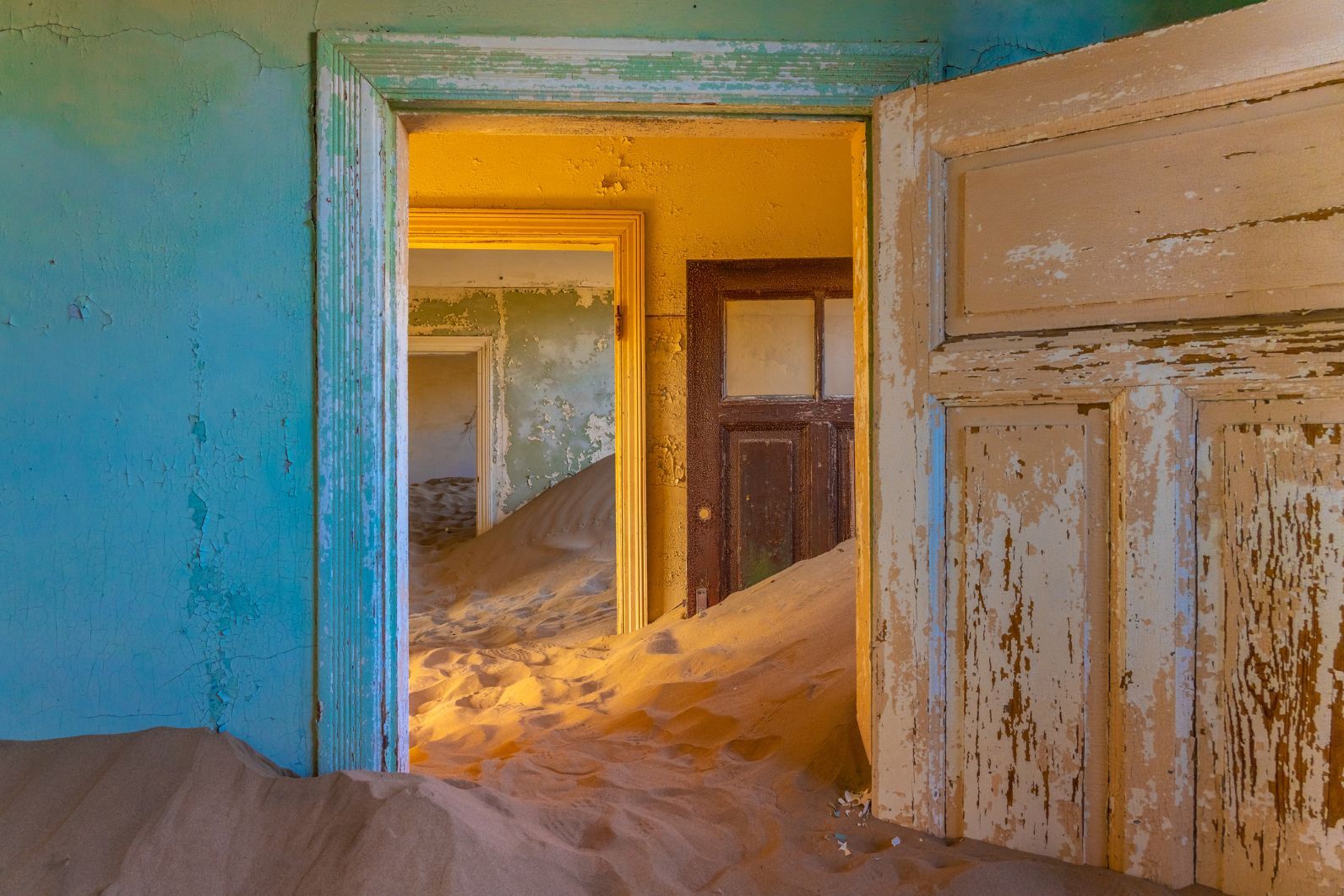
The sand has knocked doorways off their hinges, but kept them upright. It’s swallowed bedframes and raised bathtubs. In some cases, the ceilings or window frames have been stripped and broken in such a way that light beams into the derelict houses in stripes, accentuating the feeling that you could be in an immersive Tate Modern art exhibition rather than a ghost town.
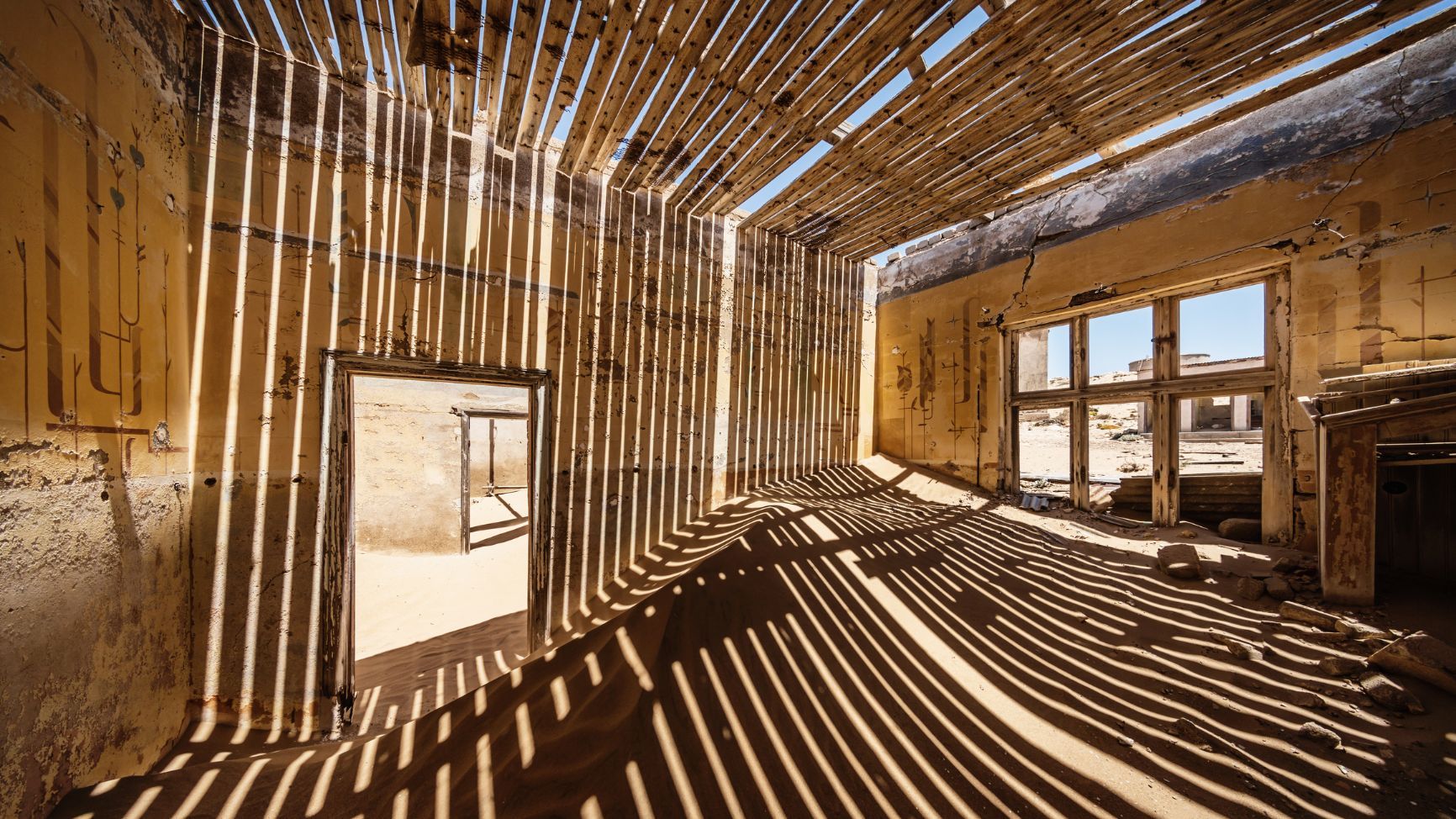
From some windows, all that is visible is the Namib Desert. The oldest desert in the world, it dates back at least 55 million years, and has no doubt seen the rise and fall of many such towns. From others, of course, you can see the town, or the railway track which was once the reason for its existence in the first place.
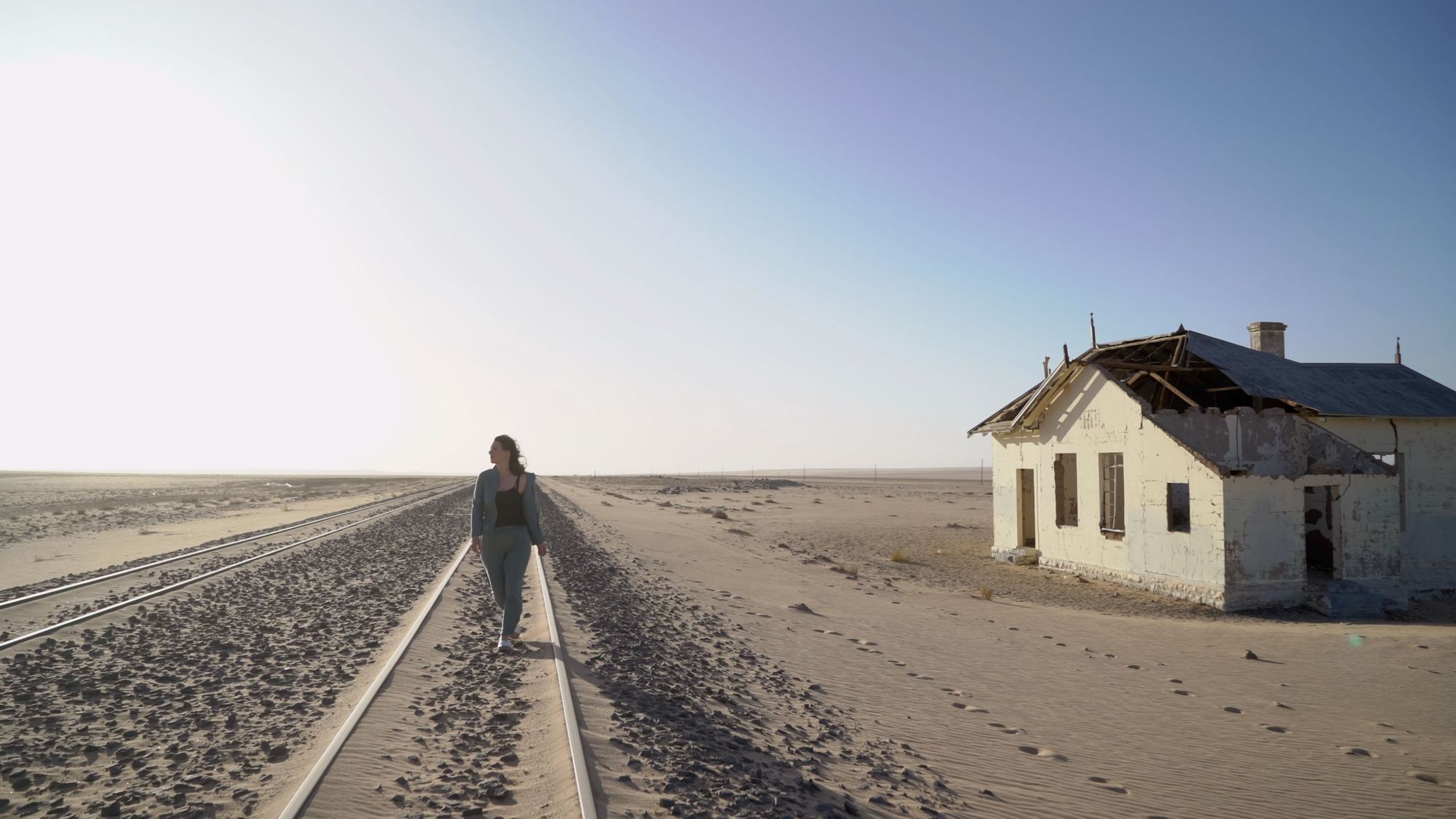
The story of Kolmanskop starts in April 1908, when a railway worker called Zacharia Lewala discovered a glimmering stone while working on the line.
Lewala, who was not rewarded for this find, gave the stone to his German supervisor, August Stauch, who correctly recognised it as a diamond - and promptly applied for his prospecting licence. After the rock was confirmed as a diamond, the diamond rush, prospectors and all, soon arrived in Kolmanskop, and the area grew into an unlikely haven of luxury among the hostile desert.
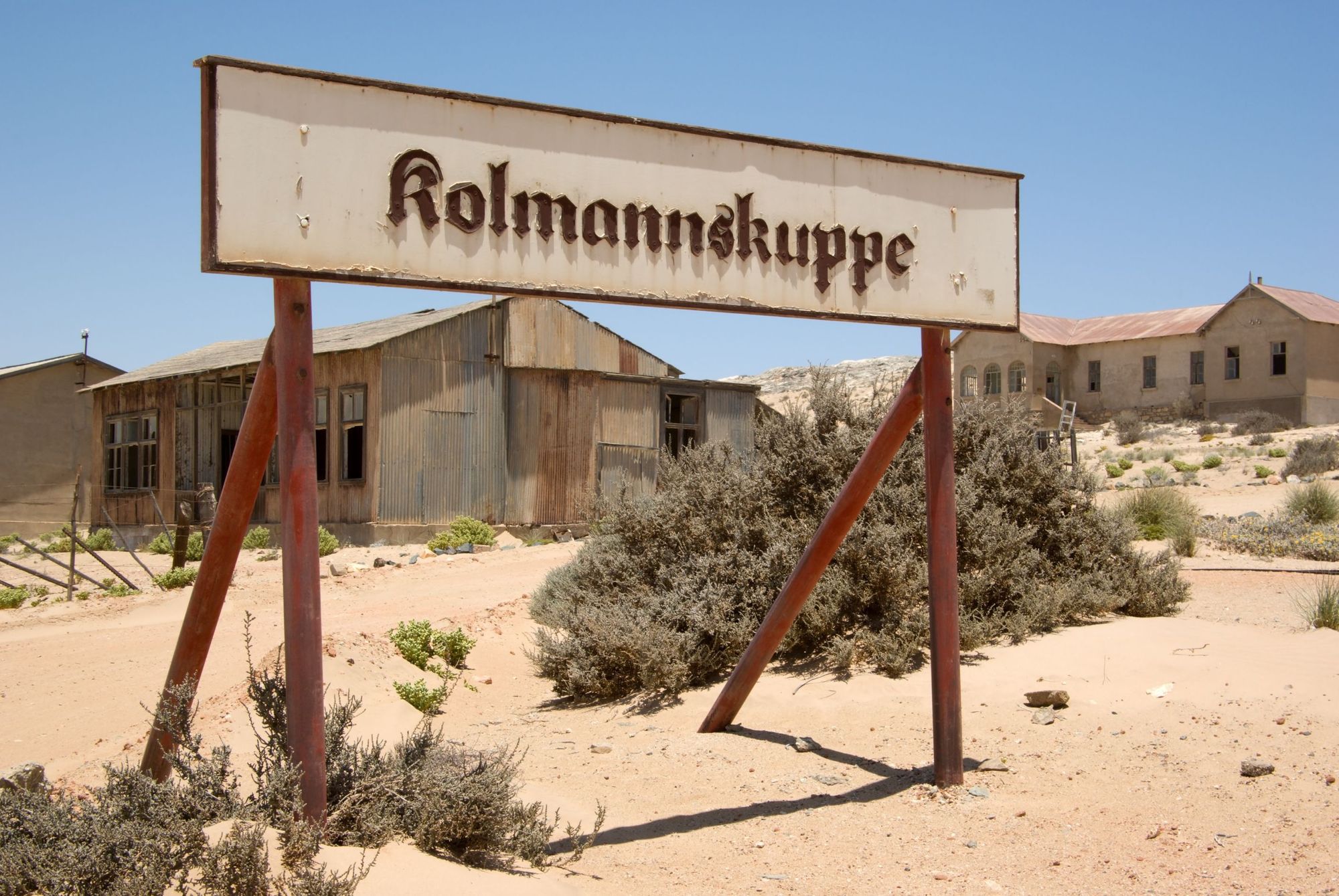
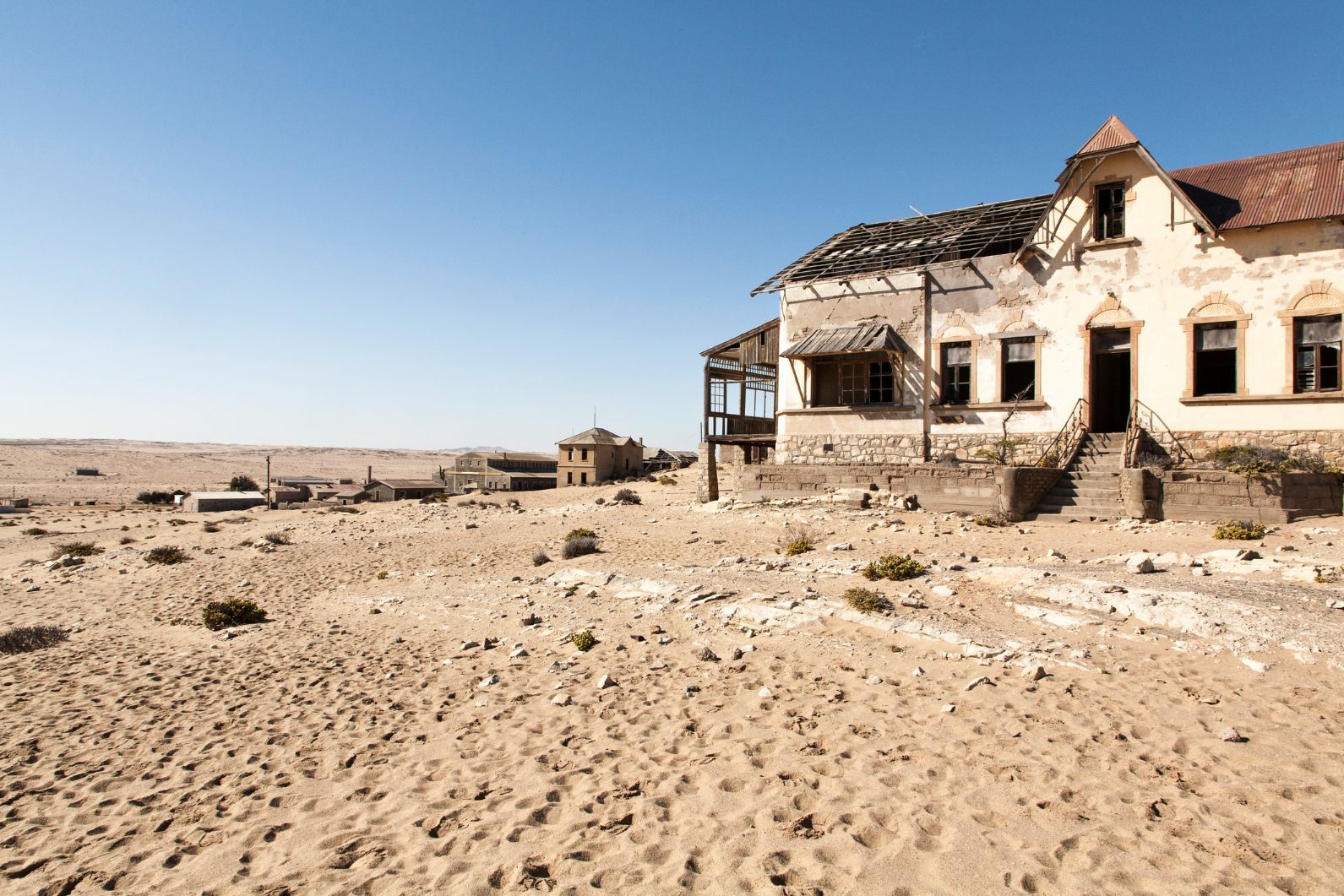
Kolmanskop was part of German South West Africa at the time, a colony built on violence and genocide. The colony lasted until 1915 and eventually became Namibia in 1990. In September 1908, the colonial rulers declared a ‘forbidden zone’ which included Kolmanskop, also known as Diamond Area No.1, which prohibited entrance to the area and controlled the mining in the town.
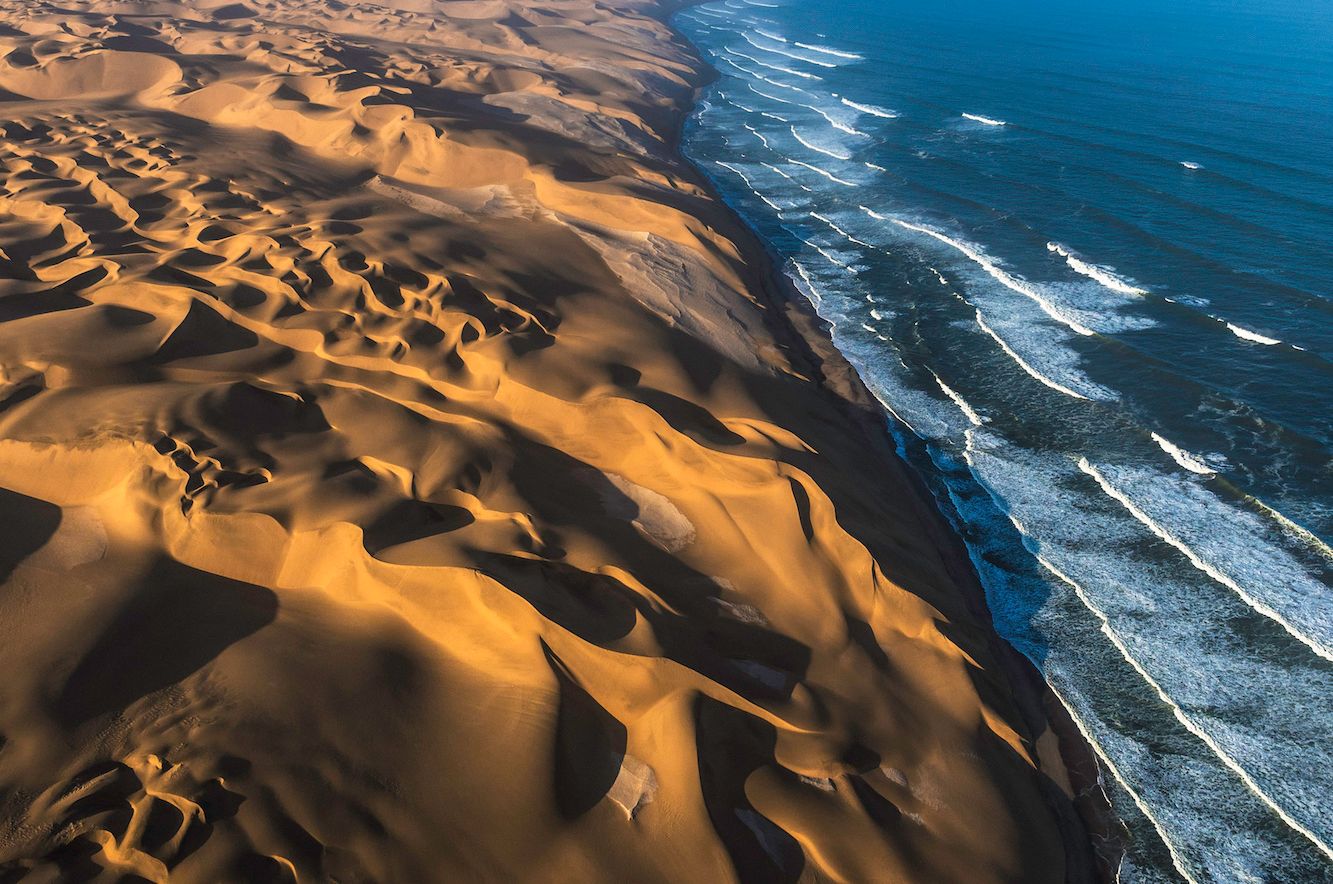
In February 1909, a central diamond market was formed in the town, which was accessible only to one German company. This drove prospectors further north, where they discovered more diamonds. In 1909 alone, around half a million carats were produced there, a stat which would rise to 1.5 million in the next five years. Naturally, this only added to the diamond boom.
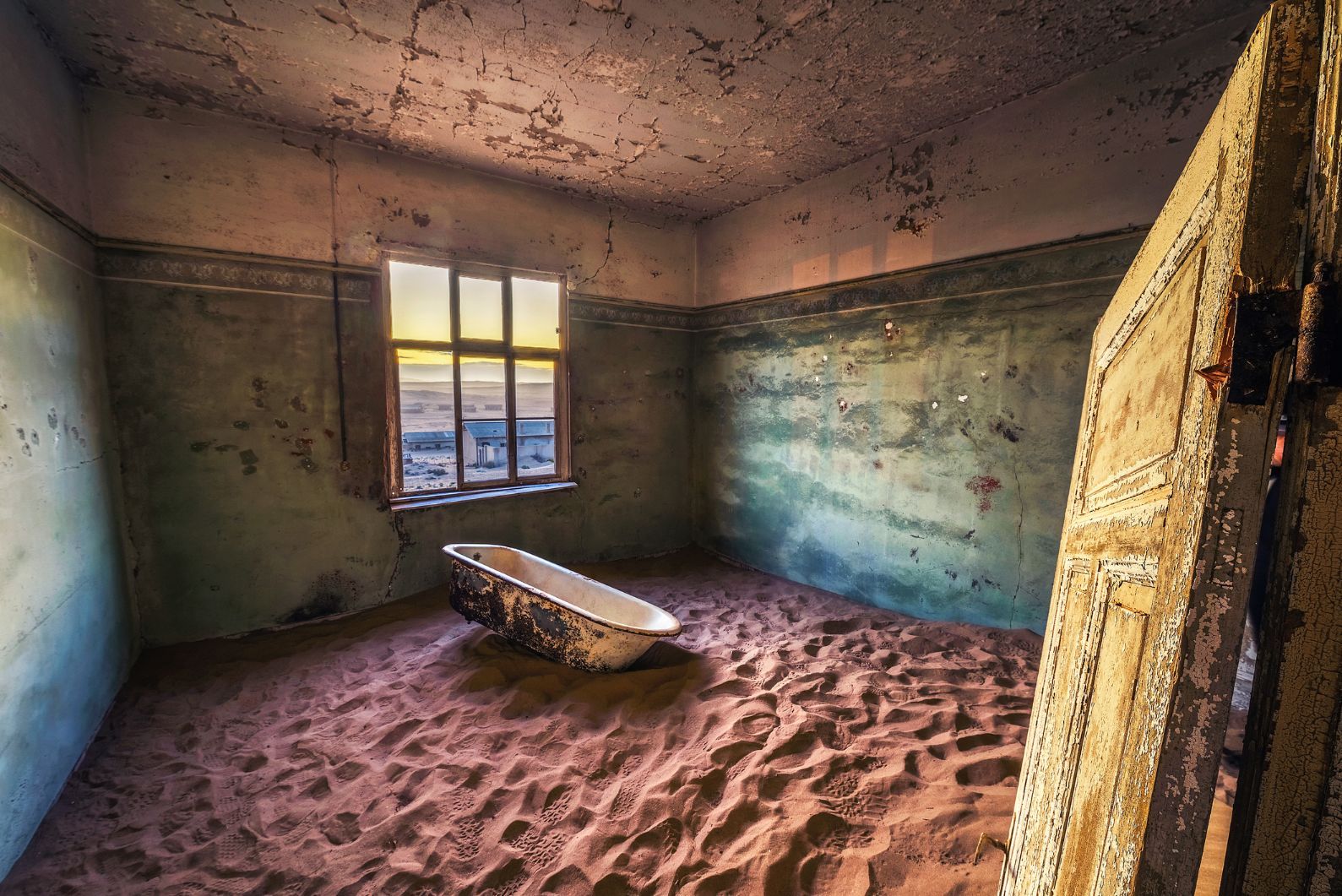
A police station opened in Kolmanskop in 1909 - the officers patrolling the area on camels. The butcher and postal workers were joined by a bakery, a lemonade factory, stables, a primary school and playground, carpentry shop and more. A skittle alley was built in nearby Pomona. And you can still see the two-storey homes of the managers and mining engineers, who would send workers out with empty jars and a spade to go and find diamonds.
There was even a hospital with a state-of-the-art x-ray machine, and a recreation centre with “perfect acoustics” which hosted operas, theatre groups, orchestras and raucous parties. A huge power station provided electricity, one of only two in the world which did so by utilising distilled sea water.
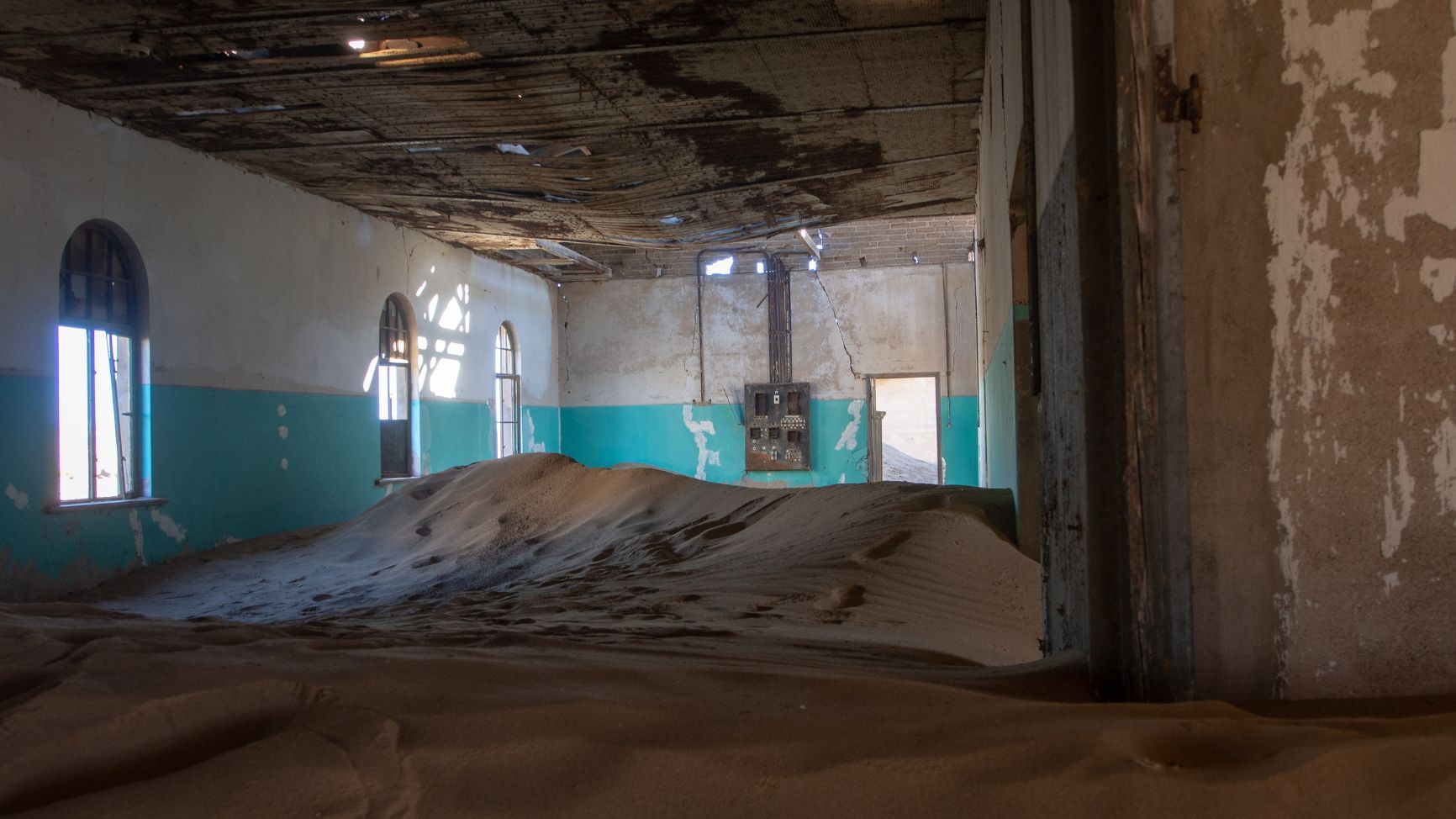
Drinking water needed to be shipped from Cape Town to the coastal town of Luderitzbucht before it would reach Kolmanskop by rail, then be carried on to the diamond fields by mule. Working days were tough, too - commonly nine-hour stints, six days a week, with only Easter and Christmas holidays off.
The houses were built to withstand the ferocious sandstorms, with the wealthier families claiming the houses highest on the hills, for better protection.

Marianne Coleman, daughter of foreman Ou Kat Coleman, lived in Pomona and Kolmanskop in the 20s, and recalls a life of champagne, beer and cool drinks, with the food “mostly dry rations and things like bully beef, tinned fish and dry forage”. When the railway was completed, they were able to transport fresher goods - and Coleman even kept a pet ostrich which “pulled a little sleigh over the sand” and exerted “terror and loathing looks from housewives.” In lieu of reindeer, the ostrich would even pull Santa’s sleigh over the sand at Christmas.
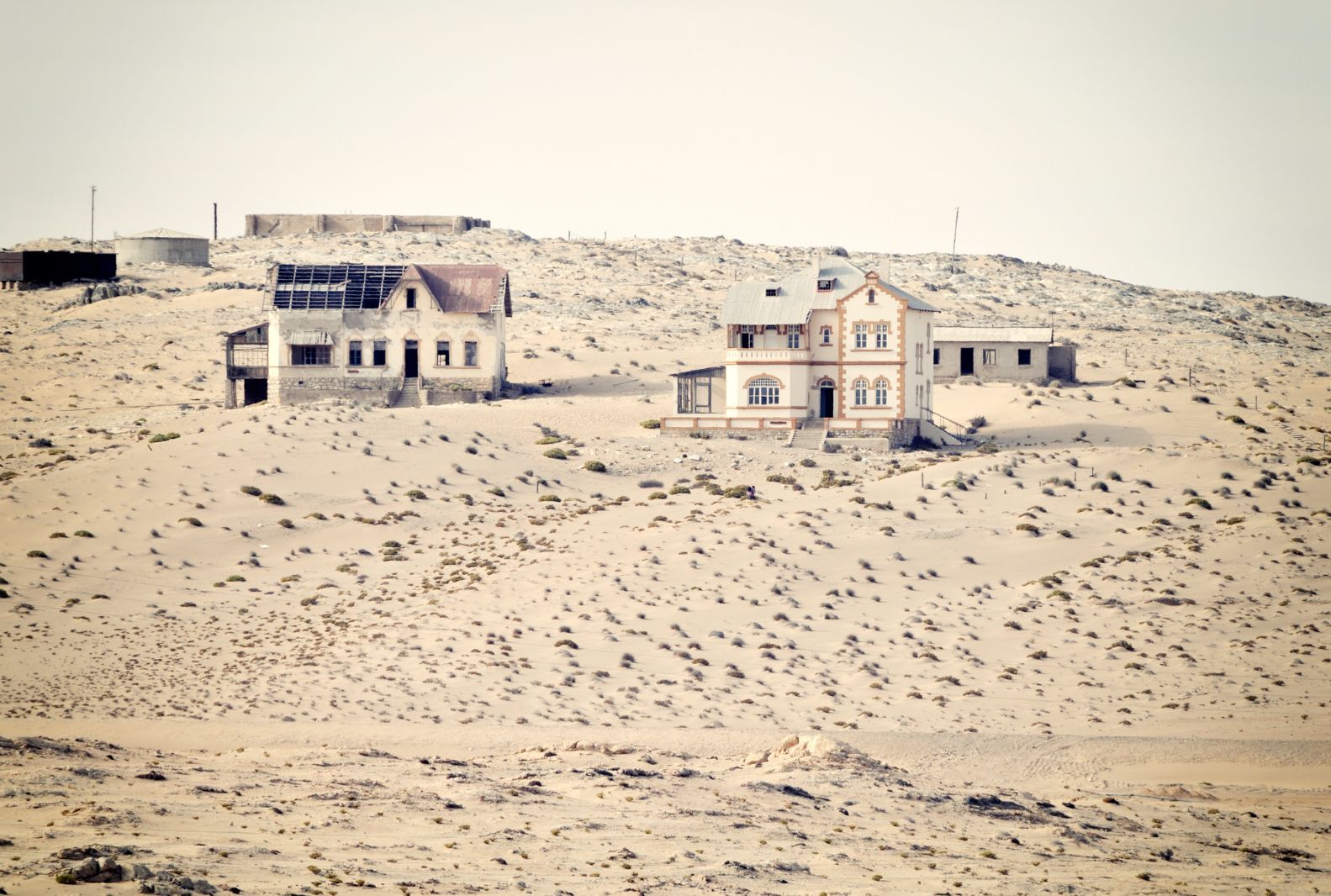
The mines were shut during World War One, but later reopened and continued to go from strength to strength. Remarkably, the wealth of Kolmanskop in the 1920s made it one of the richest towns in all of Africa - but it was the 300 Germans and their families, and not the indigenous Oshiwambo labourers, who numbered many more, who got to indulge in this wealth.
The beginning of the end for Kolmanskop came in 1928, when huge diamond reserves were found elsewhere - specifically, in Oranjemund in the extreme southwest of Namibia. There was a large movement of people from Kolmanskop to the new location, and after the Consolidated Diamond Mines (CDM), who had bought the diamond deposit after WW1, left Kolmanskop in 1943, the clock was ticking. Mining ceased in 1950 and the town was abandoned by 1956.
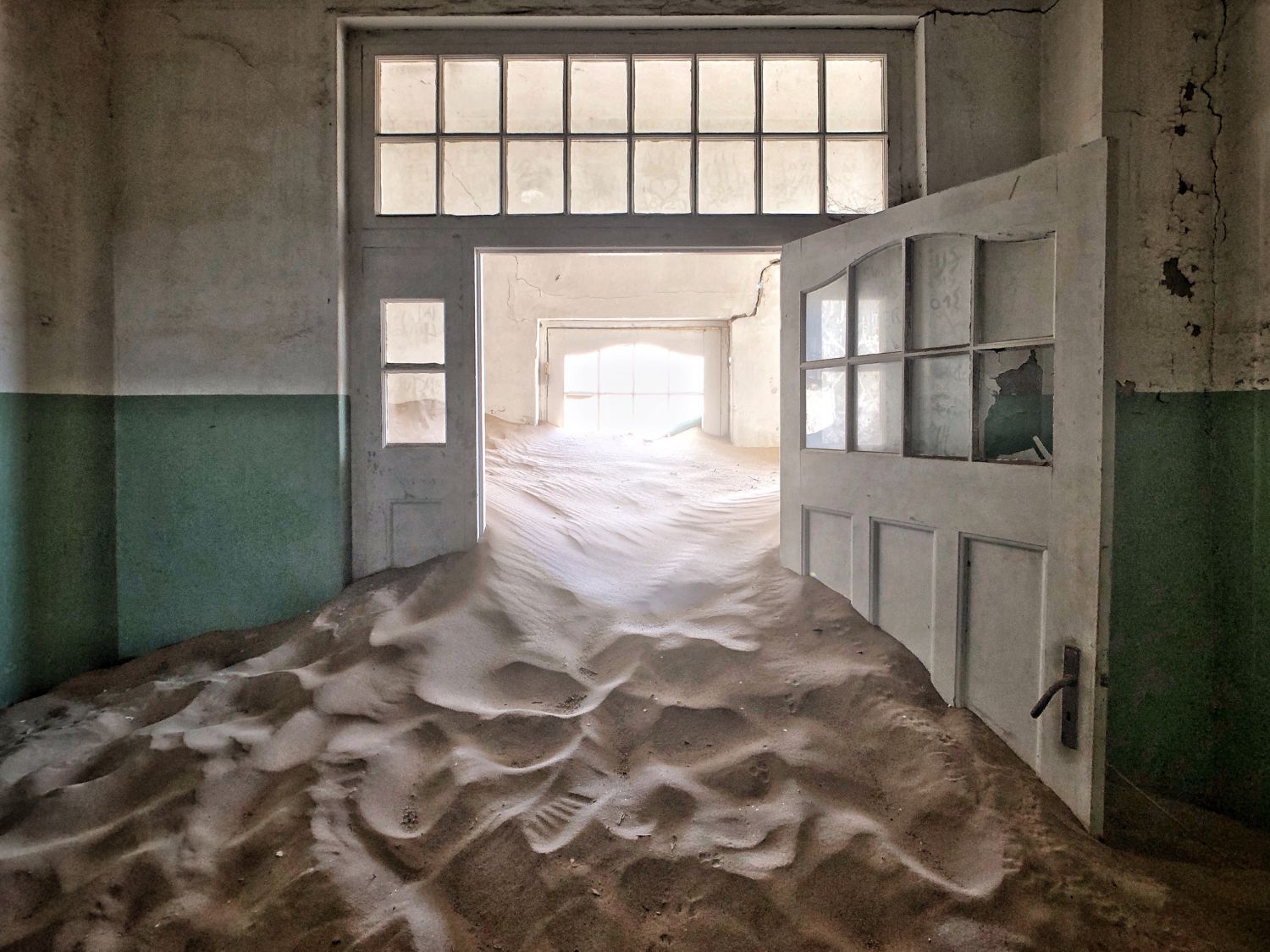
Homes that once held colourful lawns and centres that once held champagne-fuelled parties were left to be taken by the sand. The streets were covered by the desert, and the opulent town that sprung up 40 years earlier was now obsolete.
Today, the only visitors to Kolmanskop are not delivering sauerkraut, pork or potatoes for the locals, but tourists from the coastal town of Lüderitz. The site of Kolmanskop remains a historical monument to the dark times of colonial oppression - and to how quickly our world can change.
Inspired? Check out our adventure holidays in Namibia now!



